Fitness enthusiasts and collectors alike have long admired the nostalgic appeal of vintage workout equipment. Whether it’s the unique design or the solid craftsmanship, antique exercise equipment tells a story of dedication to health and fitness that has evolved through the decades. In this article, we’ll explore the allure of vintage exercise equipment, highlighting some of the most iconic pieces from the past, such as the vintage roller exercise machine, and how old fashioned gym equipment is making a comeback in modern-day fitness culture.
A Glimpse into the Past: The Appeal of Antique Exercise Equipment
Antique exercise equipment, often dating back to the late 19th and early 20th centuries, was not just a tool for fitness; it was a symbol of the growing awareness about physical health. In the 1940s, gym culture was beginning to emerge in the mainstream, and people were eager to find ways to stay fit. Vintage fitness equipment from this era exudes a certain charm—crafted with materials that were built to last, it evokes a sense of quality that’s hard to replicate today.
The Rise of Vintage Fitness Equipment in the 1940s
The 1940s gym equipment was a significant step forward in terms of accessibility and variety. With World War II having just ended, fitness culture began to shift from military training techniques to more accessible, civilian-friendly workouts. People sought ways to improve their health, and the demand for vintage workout equipment grew.
Some of the most iconic pieces of 1940s gym equipment included pulley machines, free weights, and resistance-based machines. These items laid the groundwork for the modern fitness equipment we know today. Antique exercise machines from this period often combined strength training with cardio, providing a full-body workout in one piece of equipment.
The Vintage Roller Exercise Machine: A Unique Fitness Tool
One standout piece of old fashioned exercise equipment that became popular in the mid-20th century was the vintage roller exercise machine. These machines, often seen in gyms from the 1940s onward, featured a roller system that encouraged users to walk or jog on the spot, with the rolling motion providing a gentle but effective workout. The retro exercise equipment became popular because it mimicked the motion of walking or running, offering a low-impact workout that was ideal for people of all fitness levels.
The vintage roller exercise machine was considered ahead of its time due to its emphasis on both aerobic and muscular endurance. It was particularly popular among individuals who were looking for an alternative to outdoor running or walking, providing an indoor solution for fitness during the colder months.
Old-Fashioned Exercise Equipment and Its Continued Influence
Old fashioned gym equipment has a certain timeless appeal that continues to resonate with fitness enthusiasts today. Many vintage workout equipment pieces were designed for durability and longevity, making them coveted by collectors and fitness lovers who value the history behind these pieces. The functionality and aesthetic appeal of old fashioned workout equipment are also a big part of their allure.
As fitness culture has evolved, many modern gym-goers are rediscovering the value of antique exercise equipment. With the resurgence of retro exercise equipment in recent years, gym owners and home fitness enthusiasts have embraced the vintage appeal. Many are incorporating old time exercise equipment into their workout routines, either for nostalgia or because of its simplicity and effectiveness.
A Vintage Comeback: How Antique Exercise Machines Are Making a Statement
Today, vintage fitness equipment is not just a trend for collectors but a growing movement among fitness lovers. Old fashioned gym equipment, with its retro aesthetic and practical design, is making its way back into both commercial and home gyms. The mix of nostalgia, craftsmanship, and functionality is particularly appealing to individuals looking for a more personalized and unique approach to fitness.
From vintage roller exercise machines to antique weight machines, these classic pieces of old fashioned workout equipment are proving that sometimes, the old way is the best way. Whether you’re a fitness enthusiast or a lover of history, vintage exercise equipment is a fascinating way to blend both worlds.
Conclusion
In conclusion, the history of vintage workout equipment is rich with stories of innovation, dedication, and a love for fitness. Antique exercise machines and old fashioned gym equipment not only remind us of how far we’ve come but also offer a glimpse into the simplicity and effectiveness of past training methods. As the demand for retro exercise equipment continues to grow, it’s clear that these vintage treasures are more than just relics—they’re an enduring symbol of the timeless pursuit of health and wellness.
Embrace the past, and maybe even bring some of that antique exercise equipment into your workout routine—you might just find that the old time exercise equipment has more to offer than you expected!


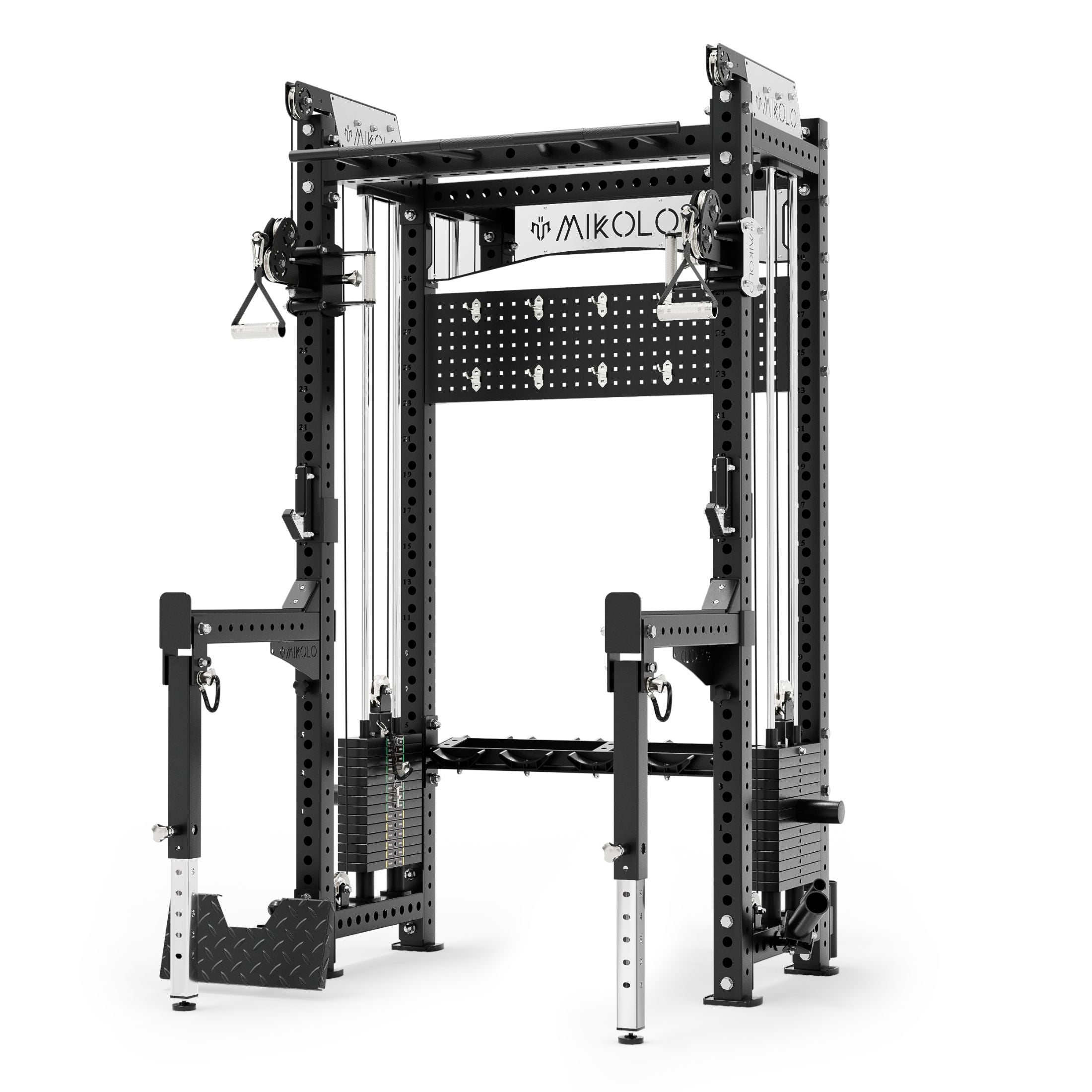
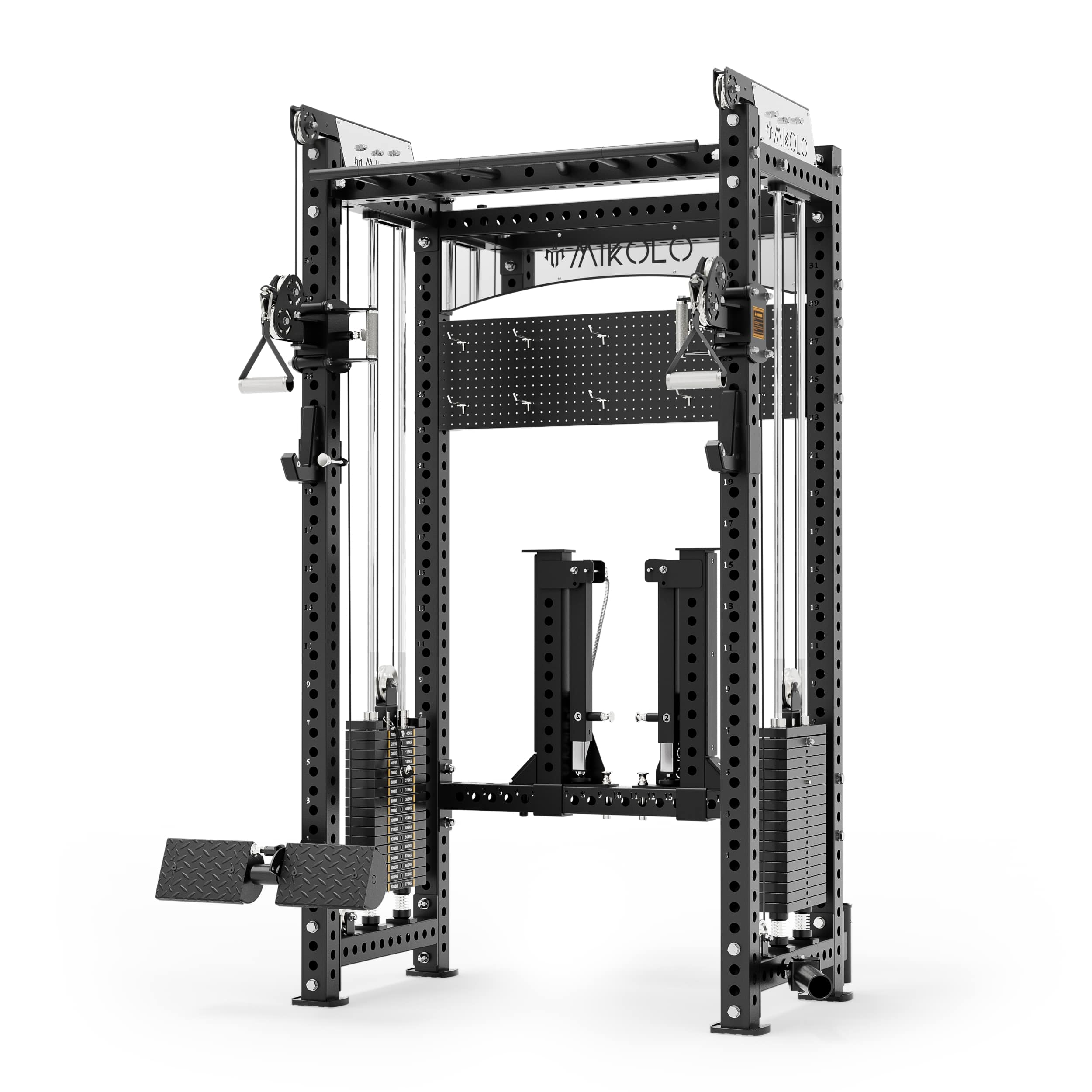
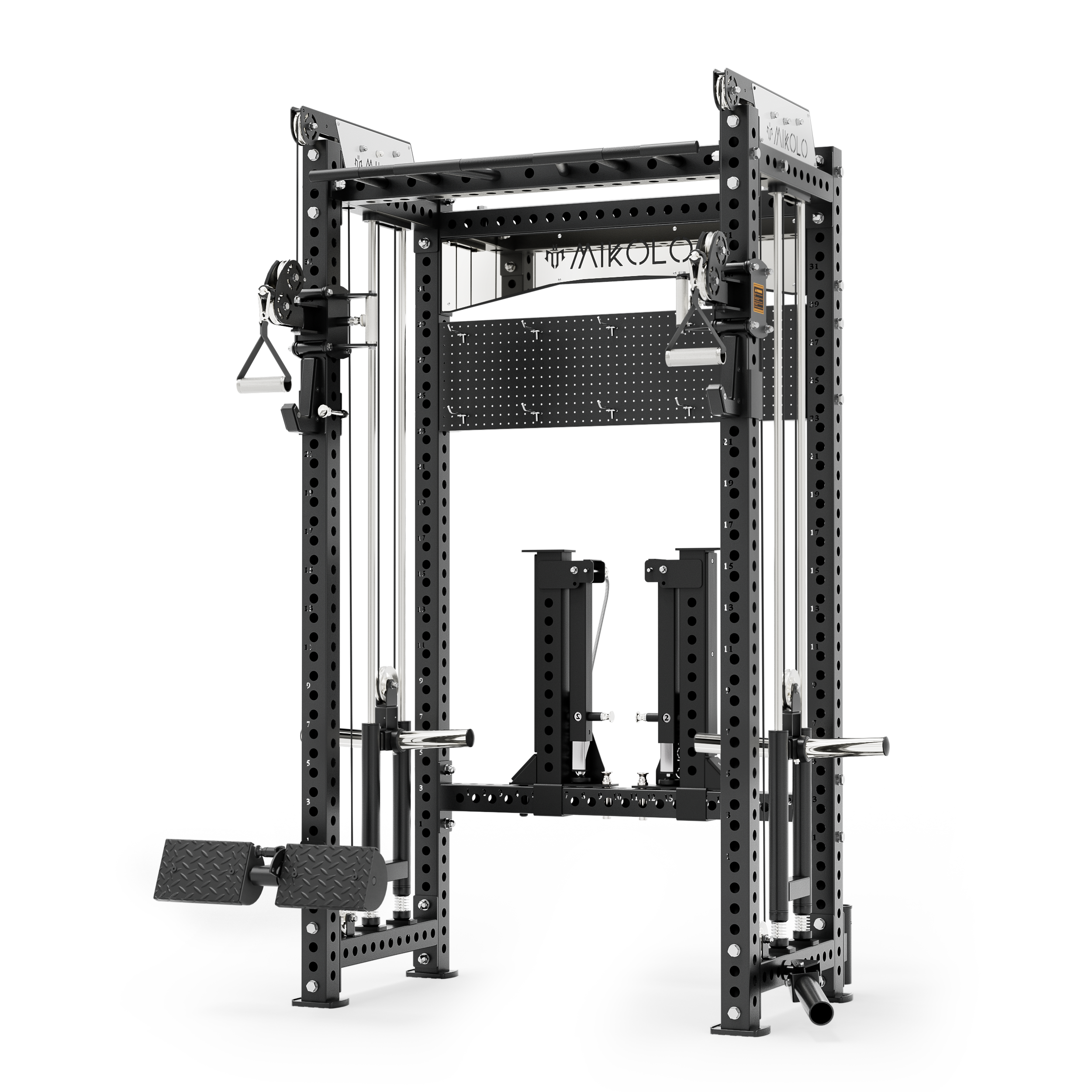


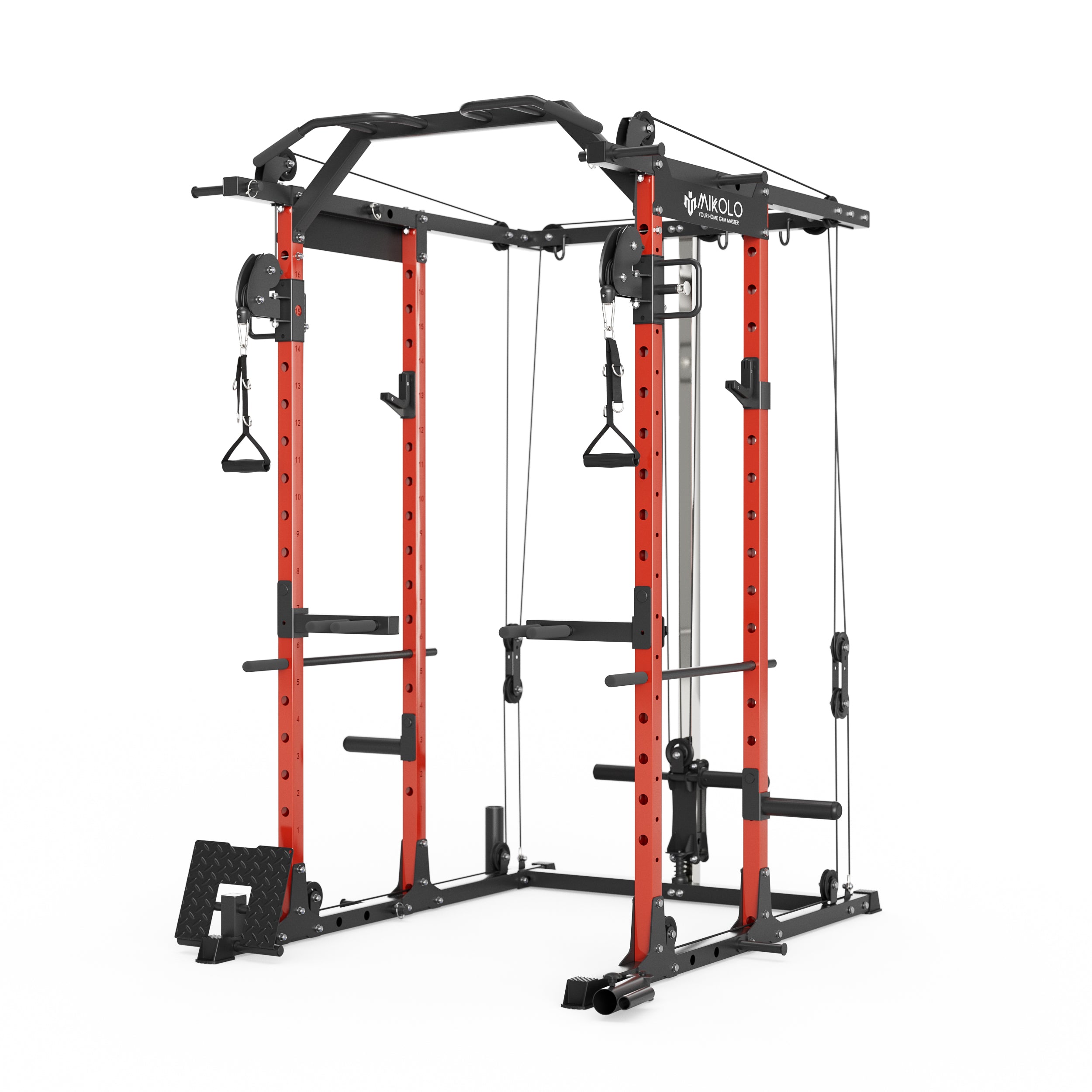
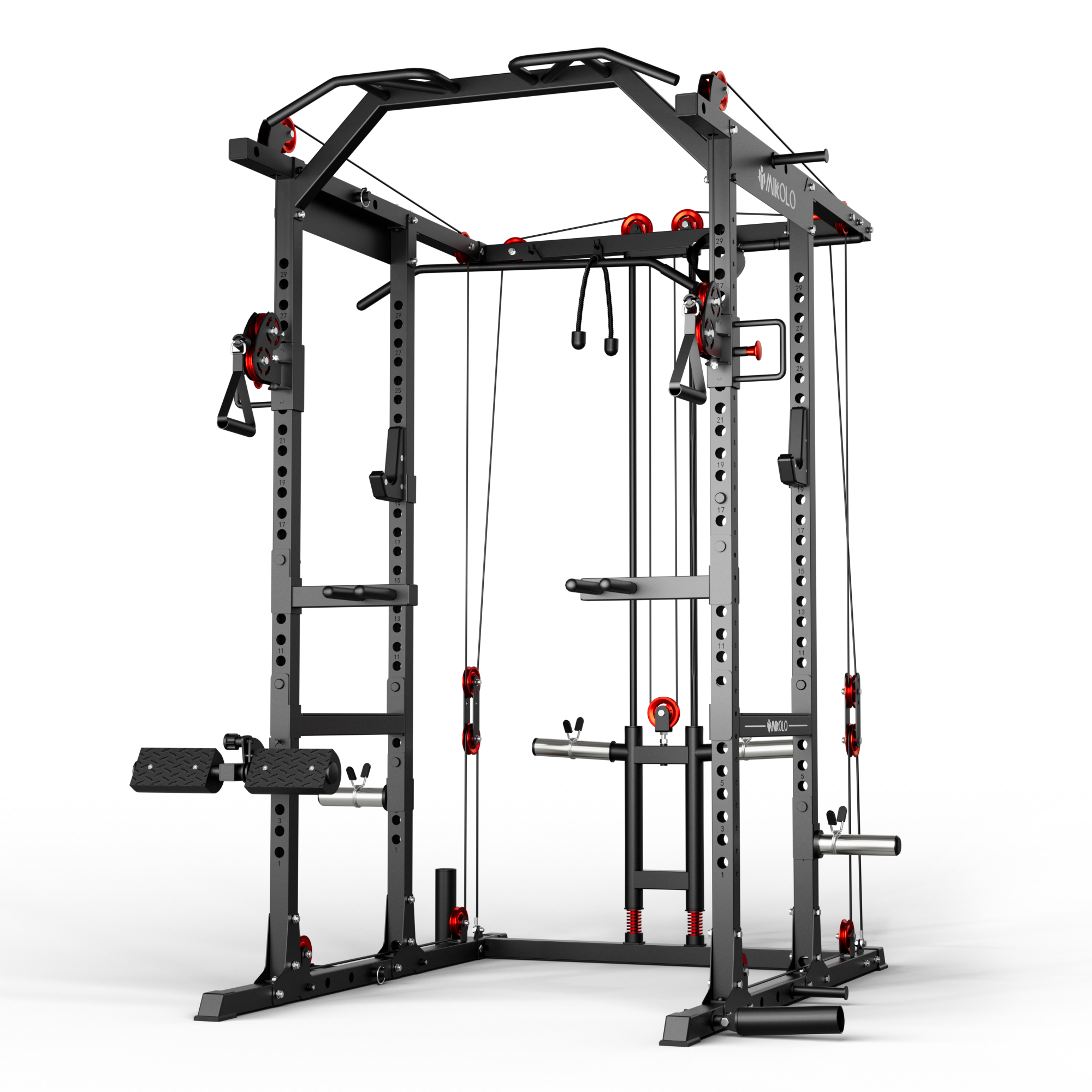

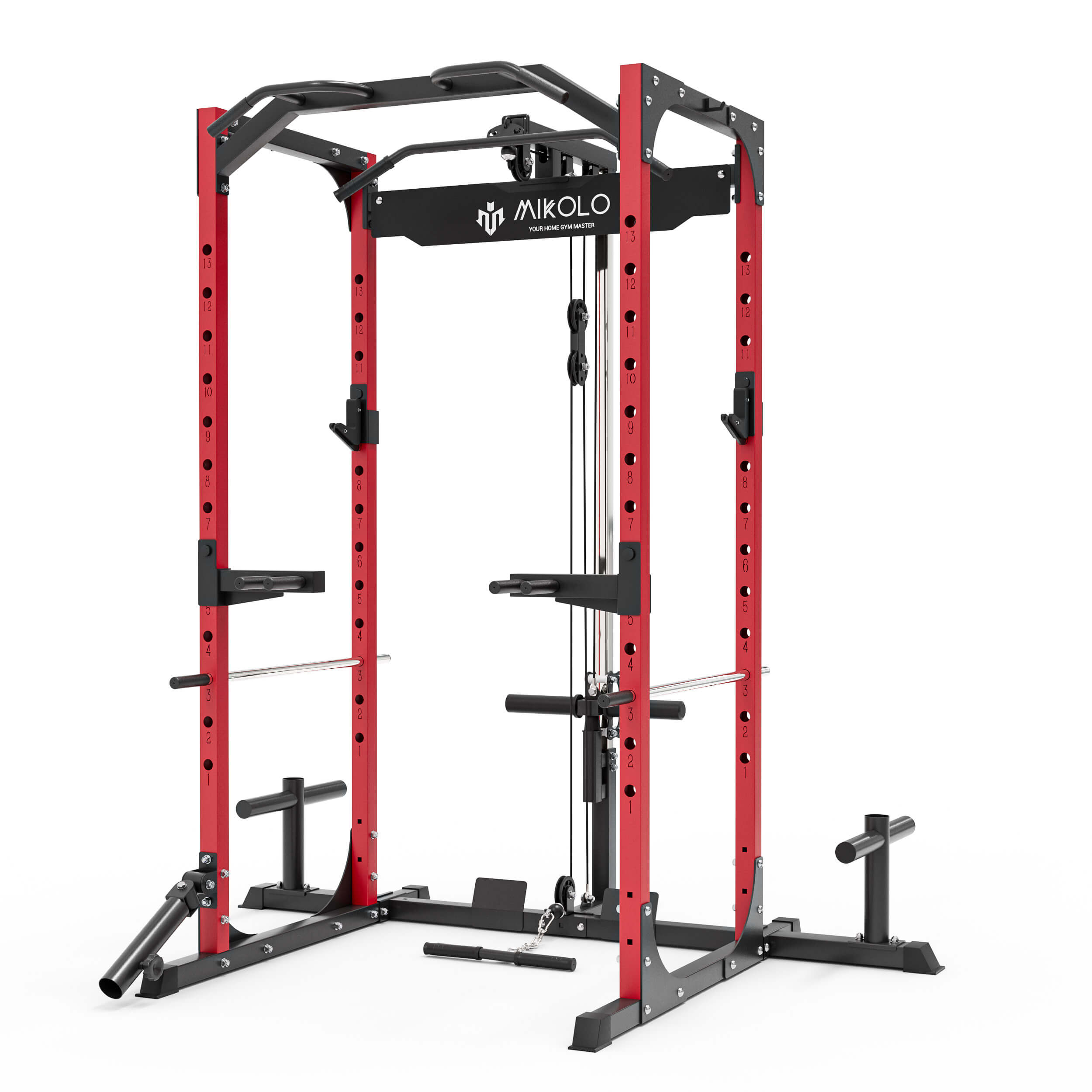

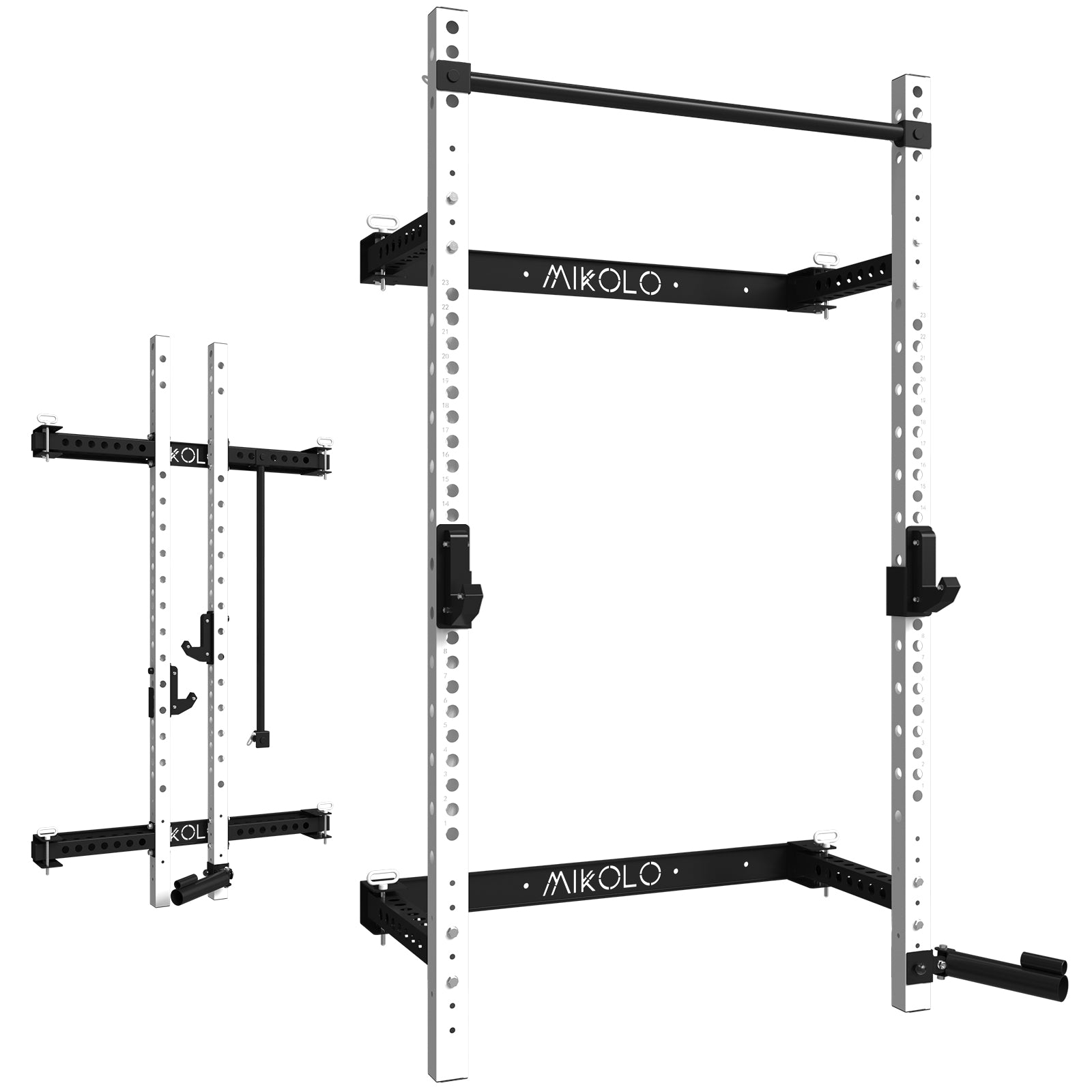

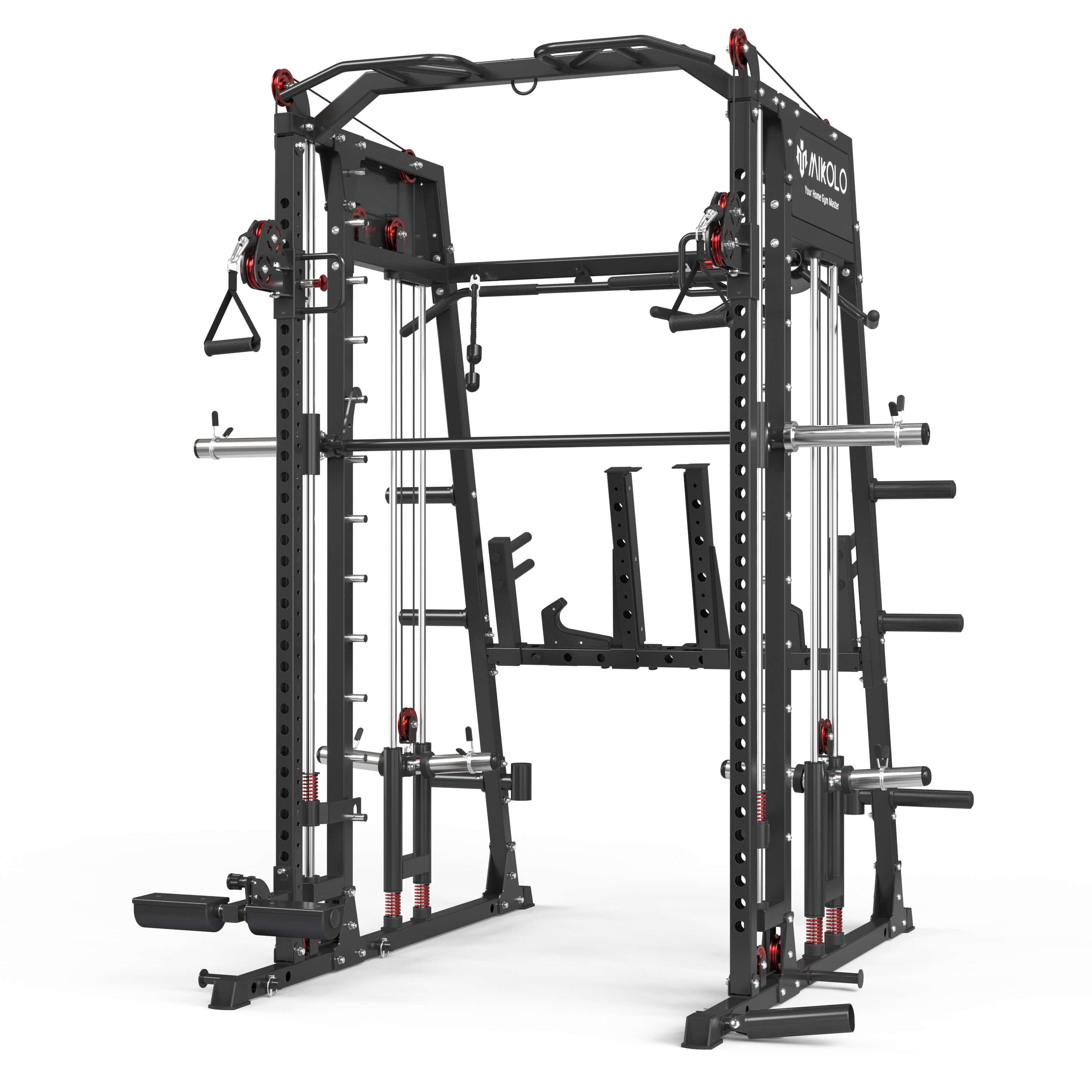
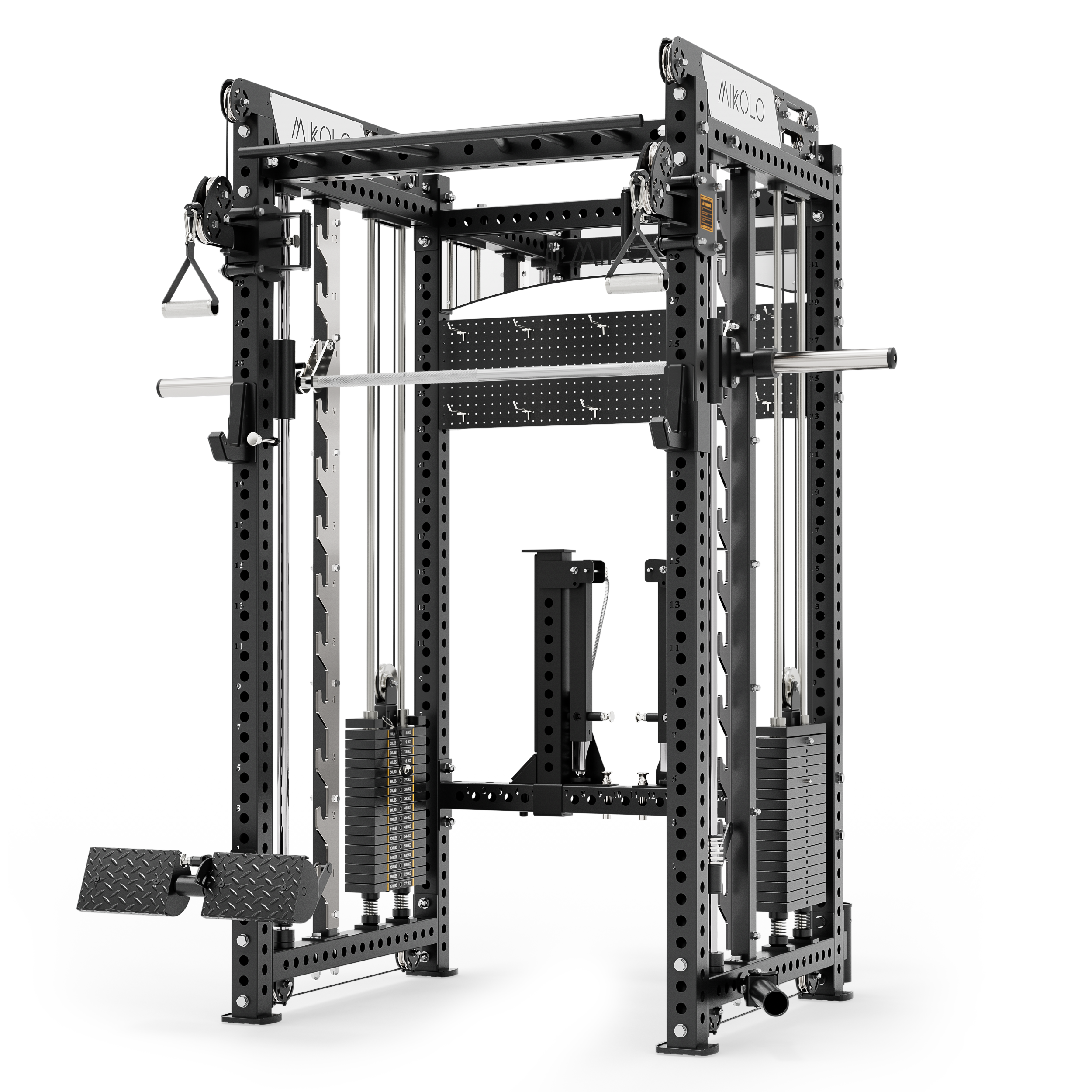
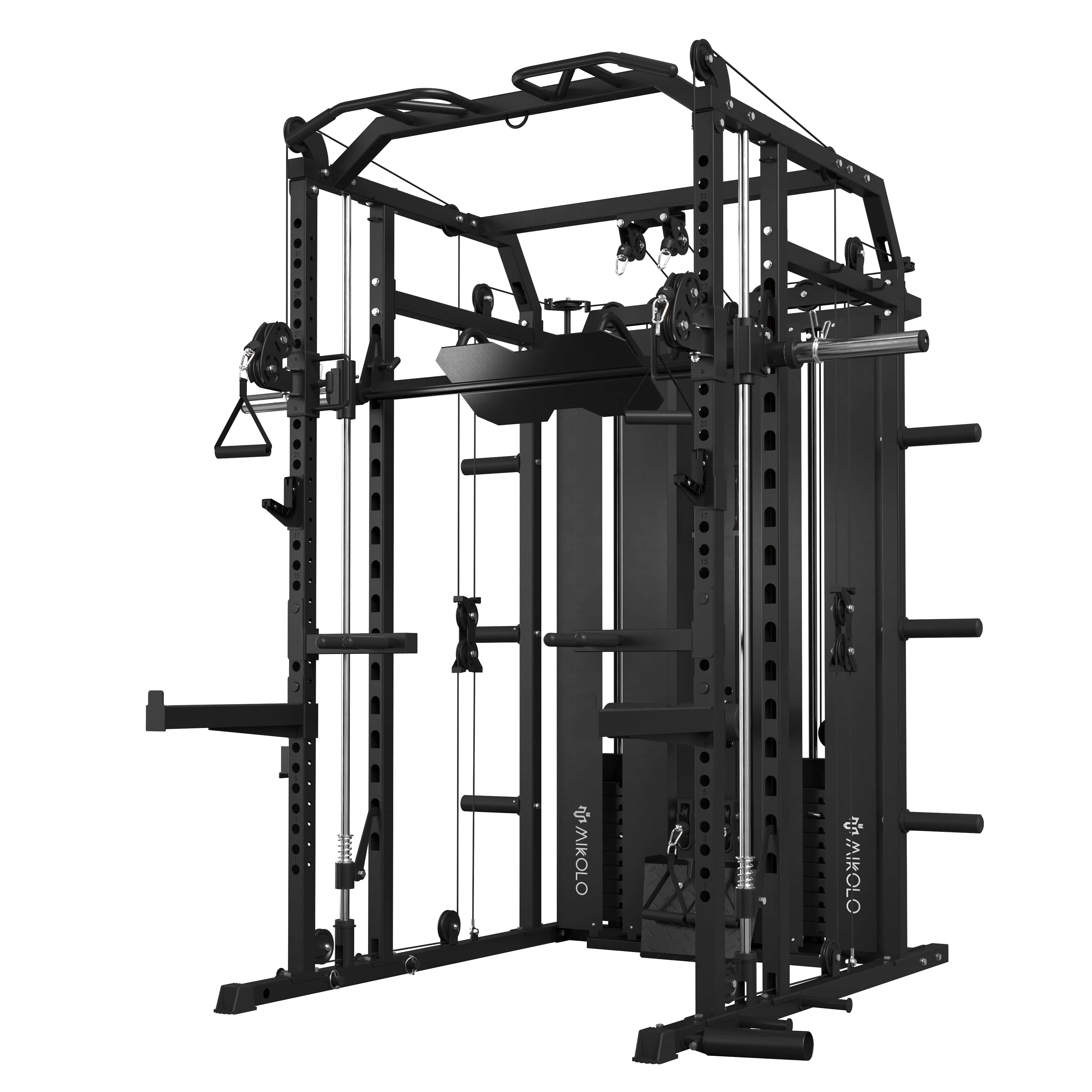
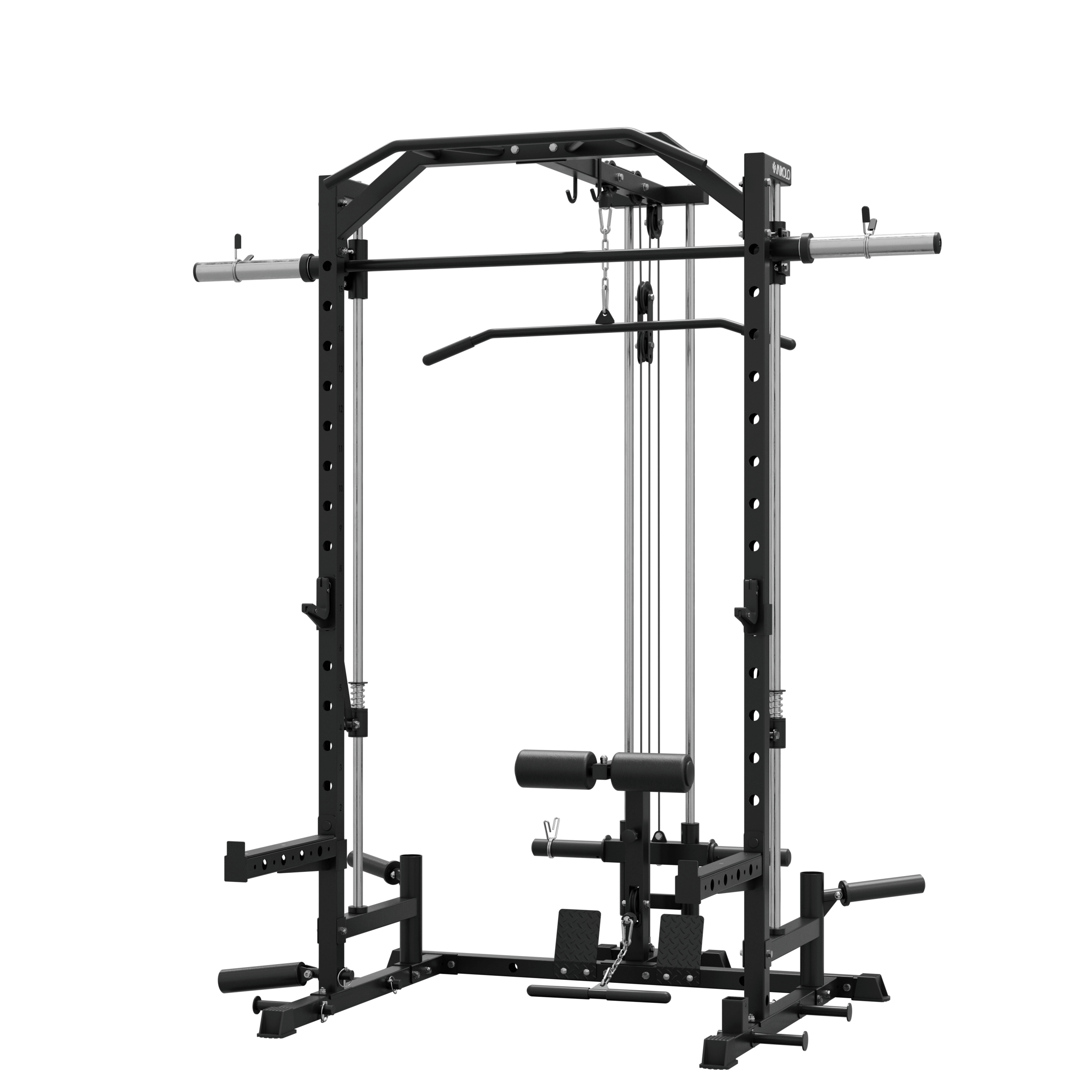
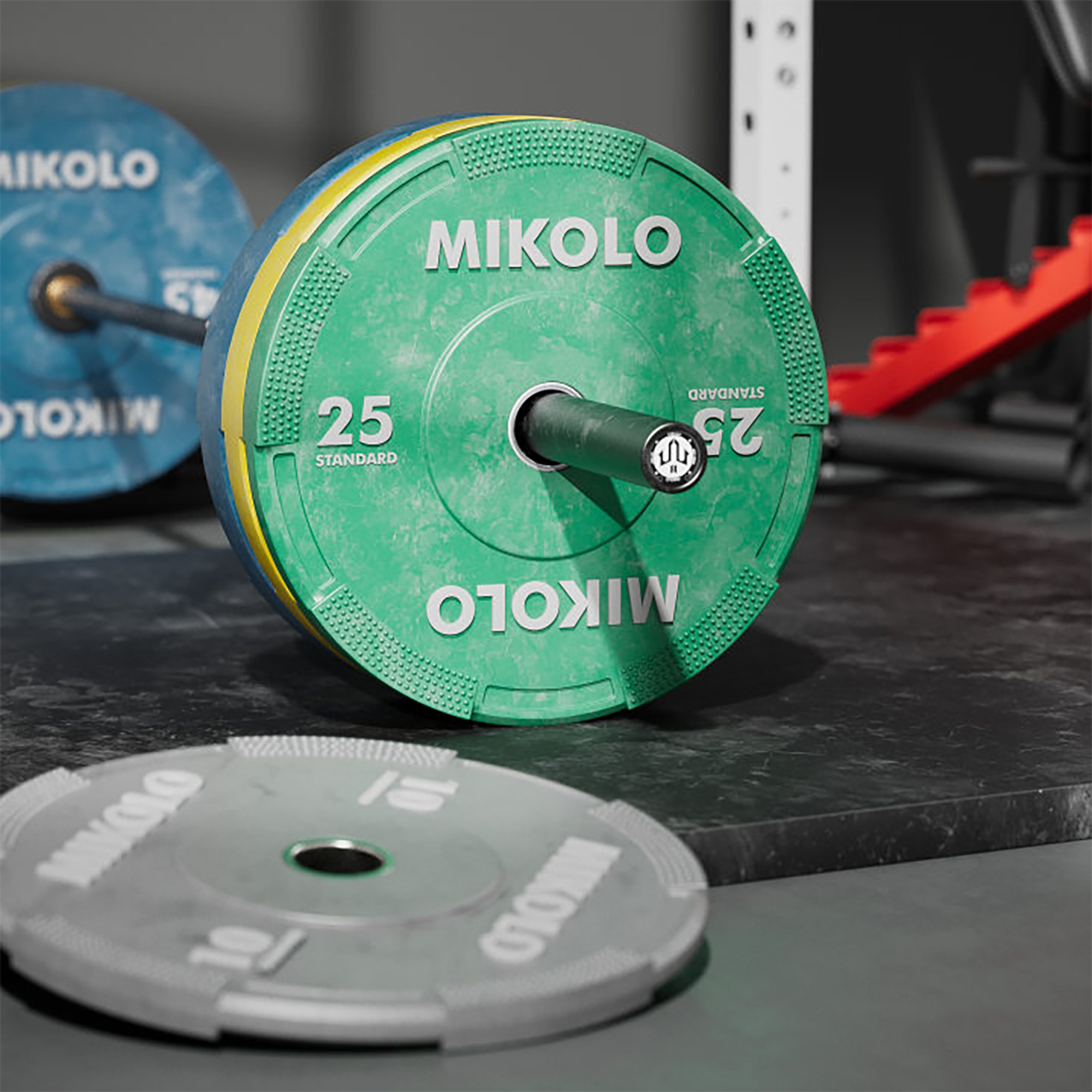






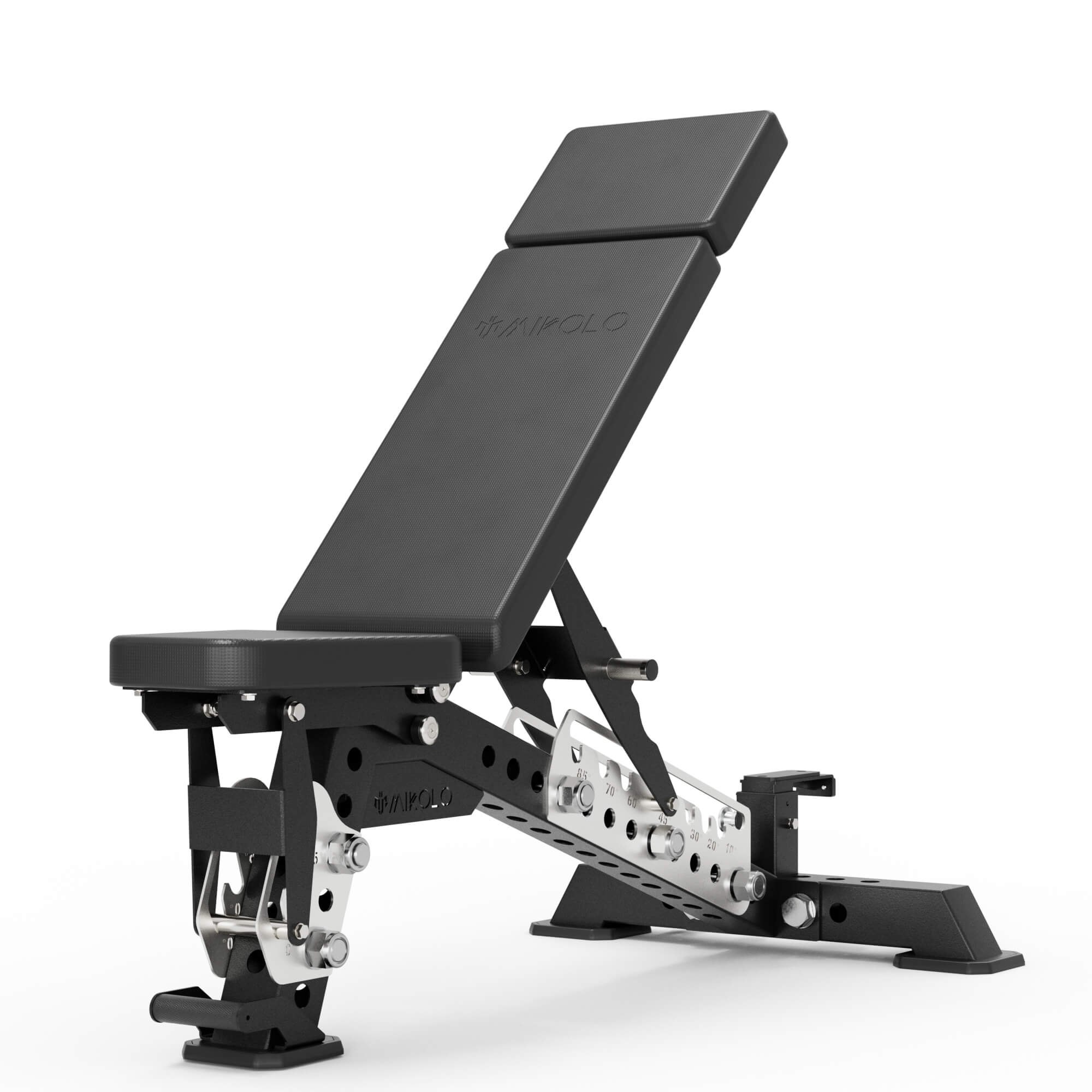
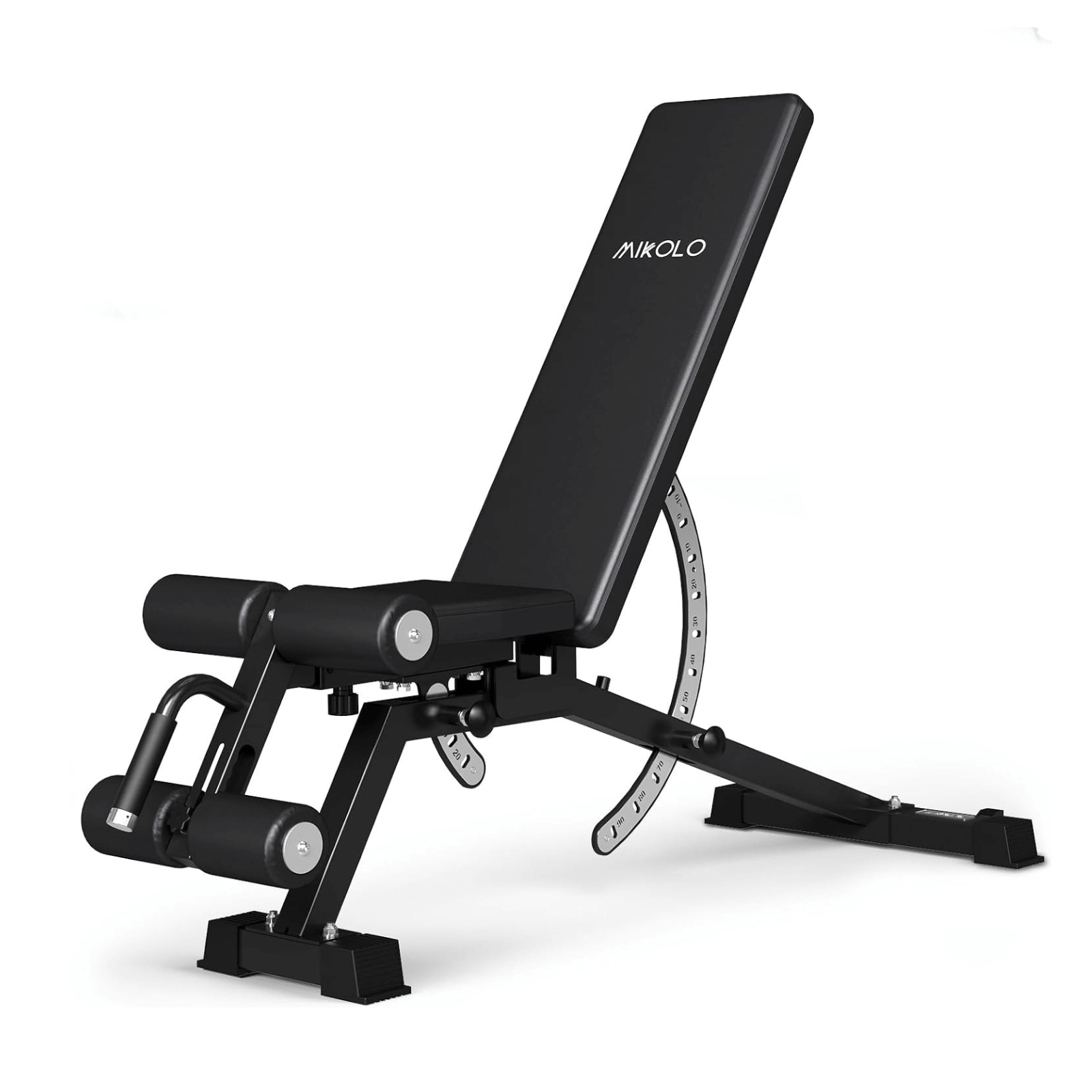




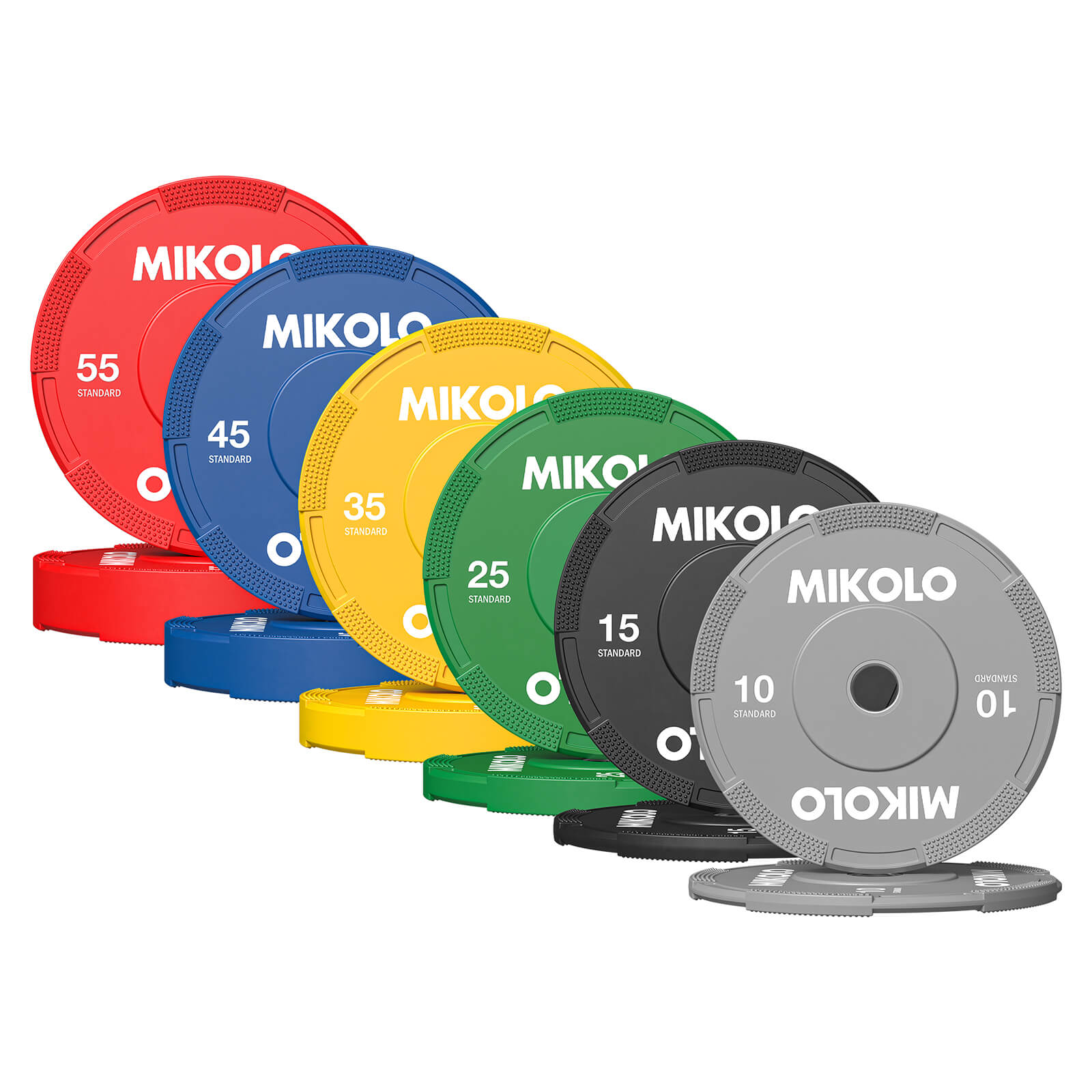
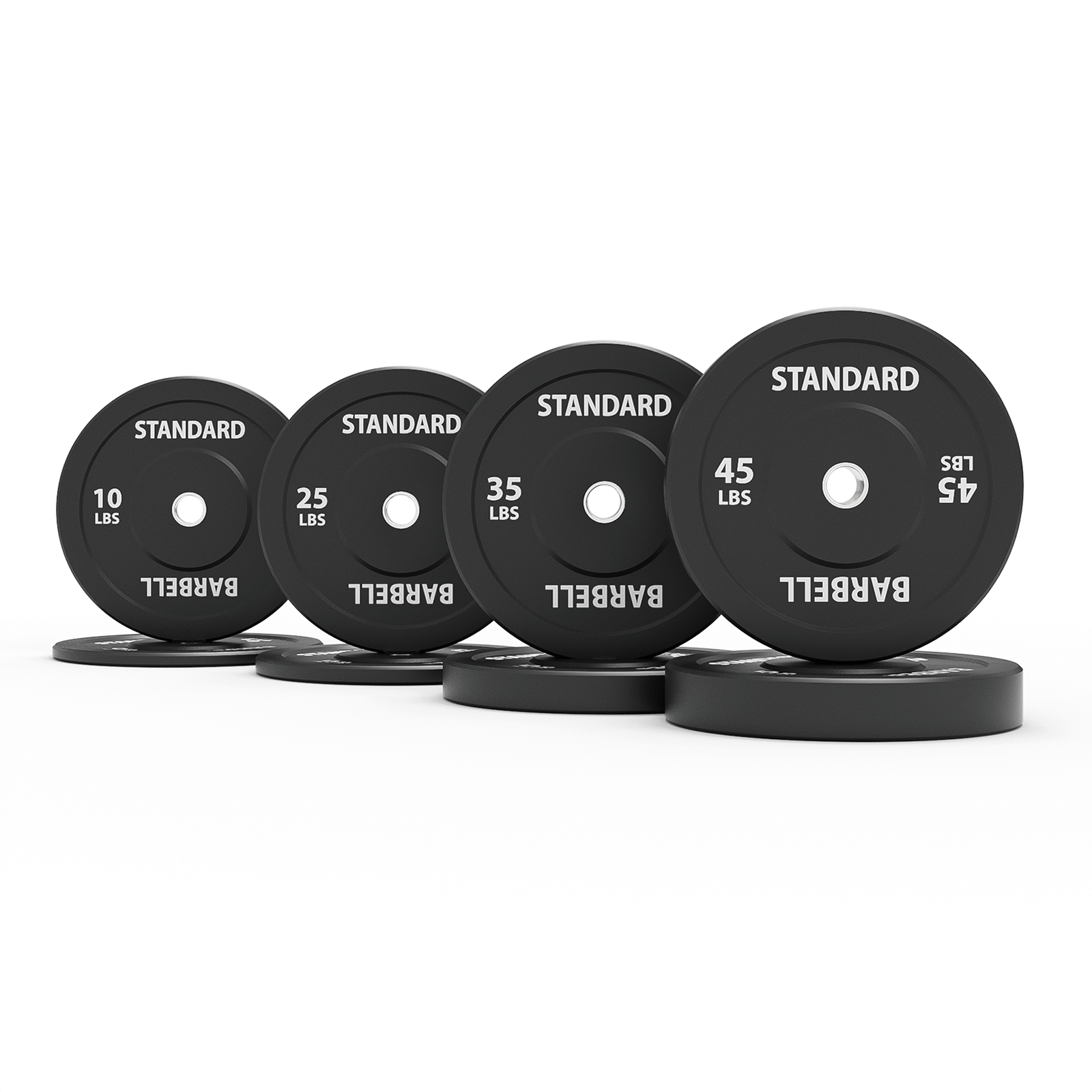
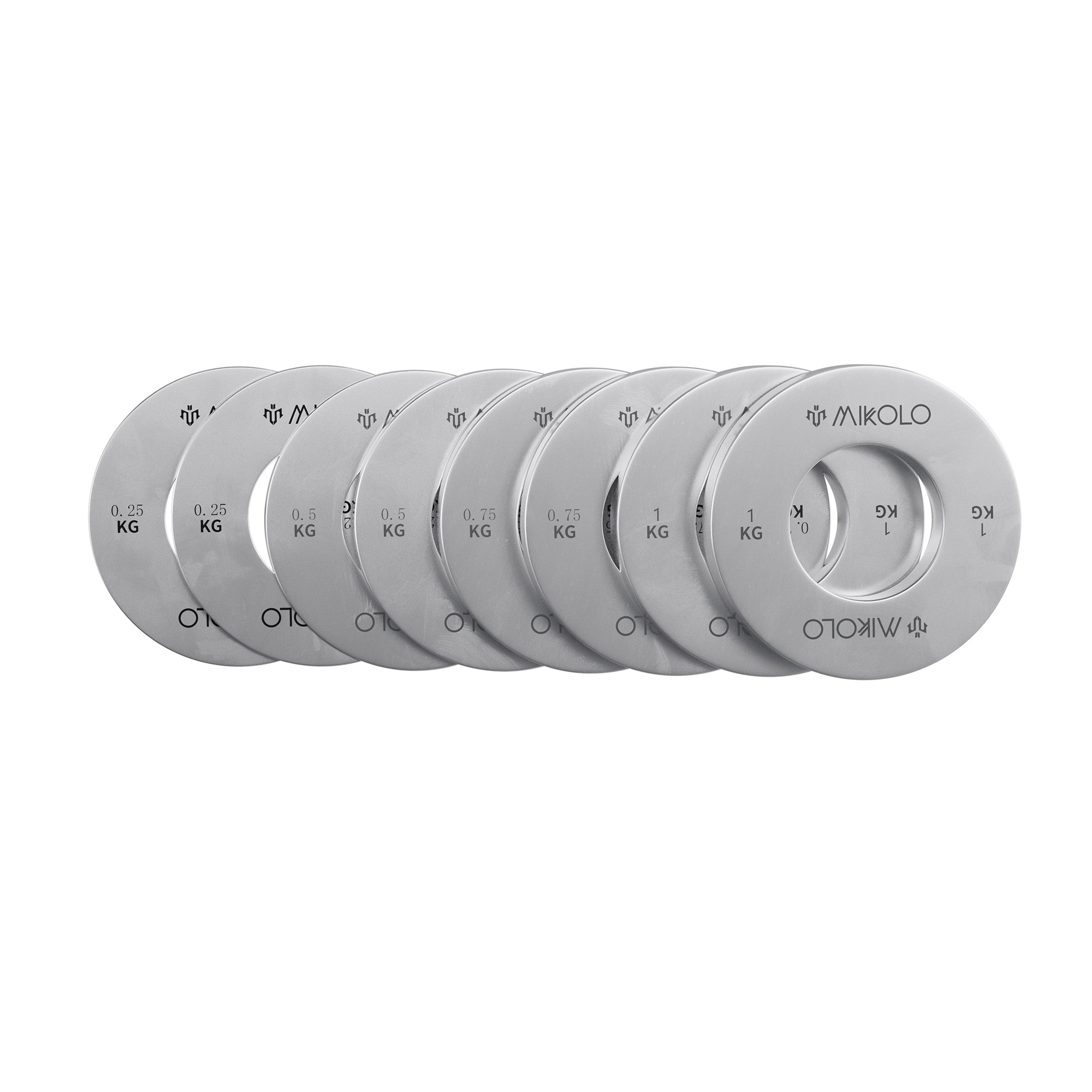
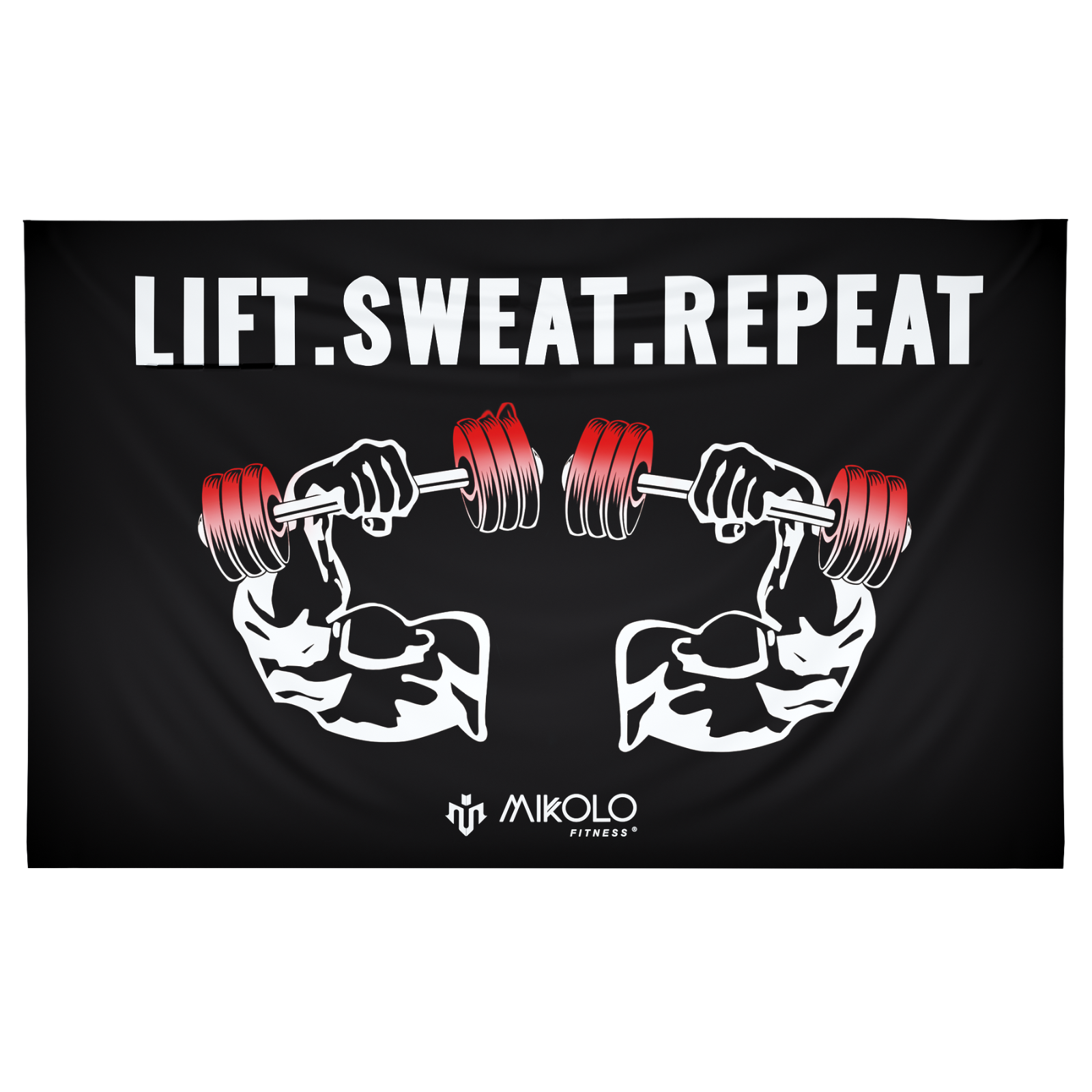
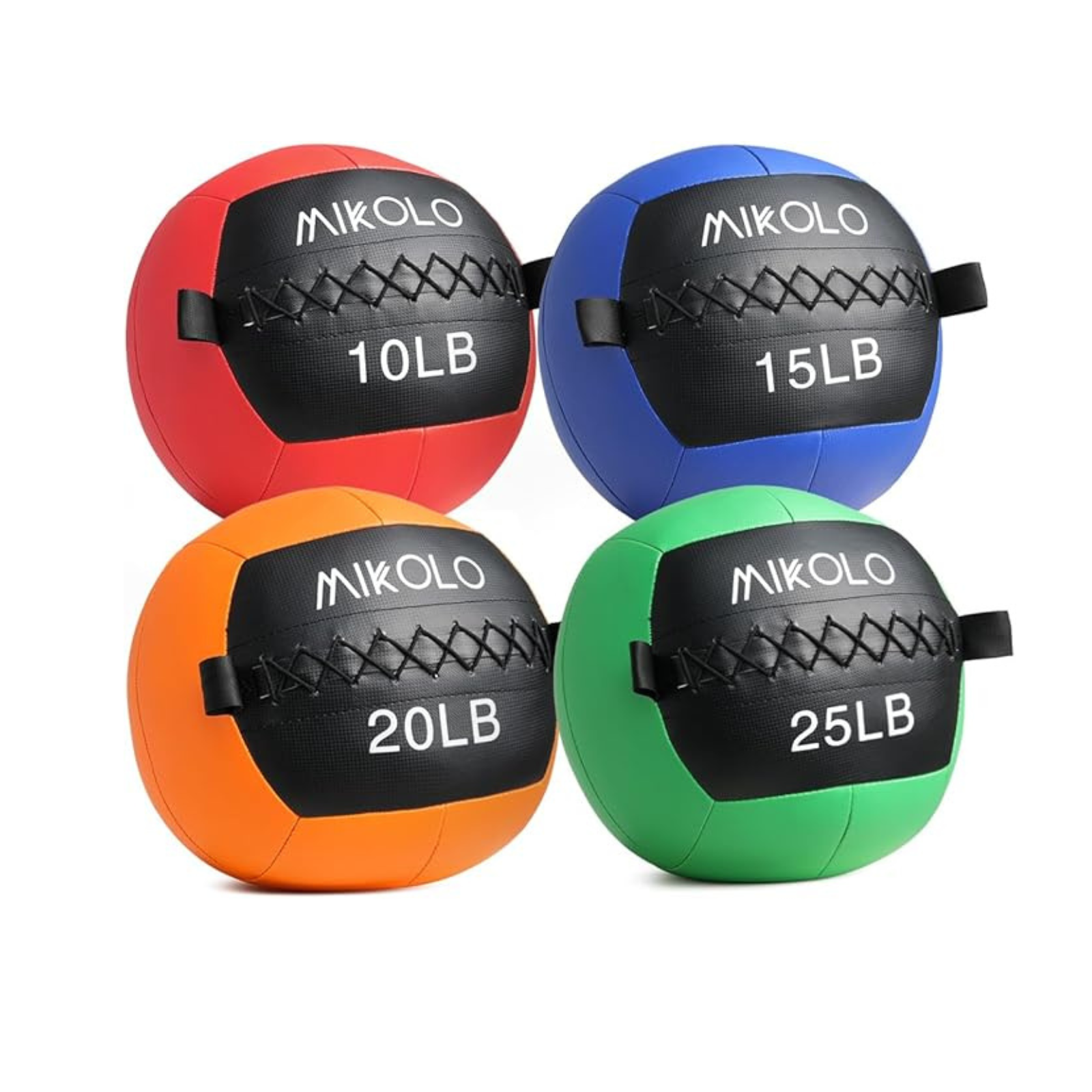


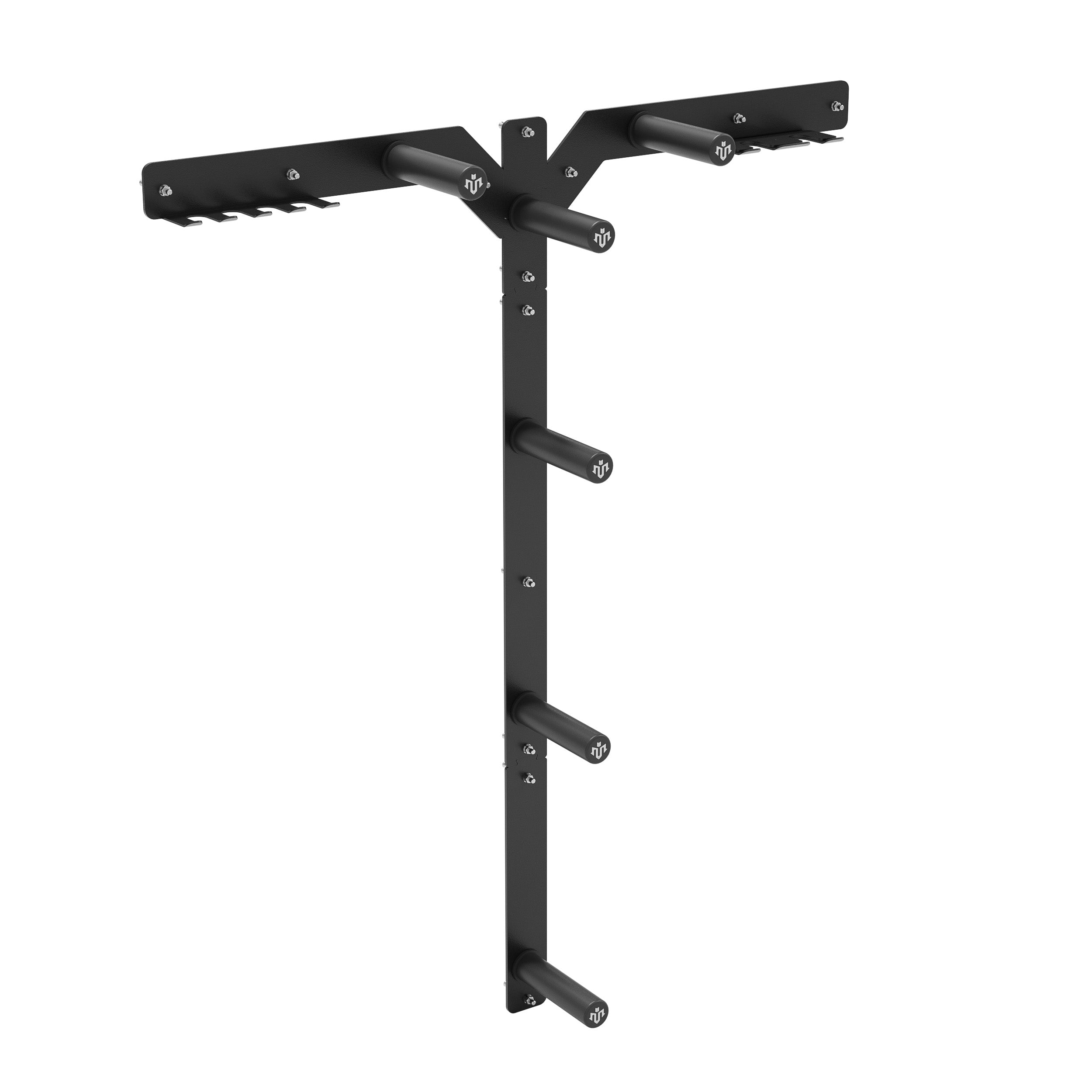




Leave a comment
This site is protected by hCaptcha and the hCaptcha Privacy Policy and Terms of Service apply.